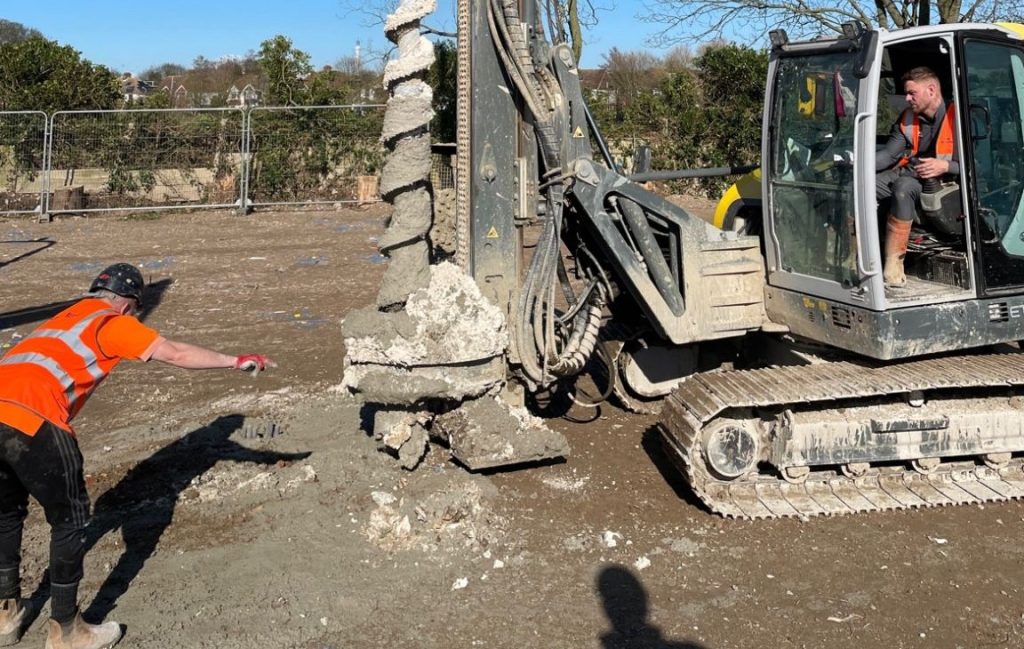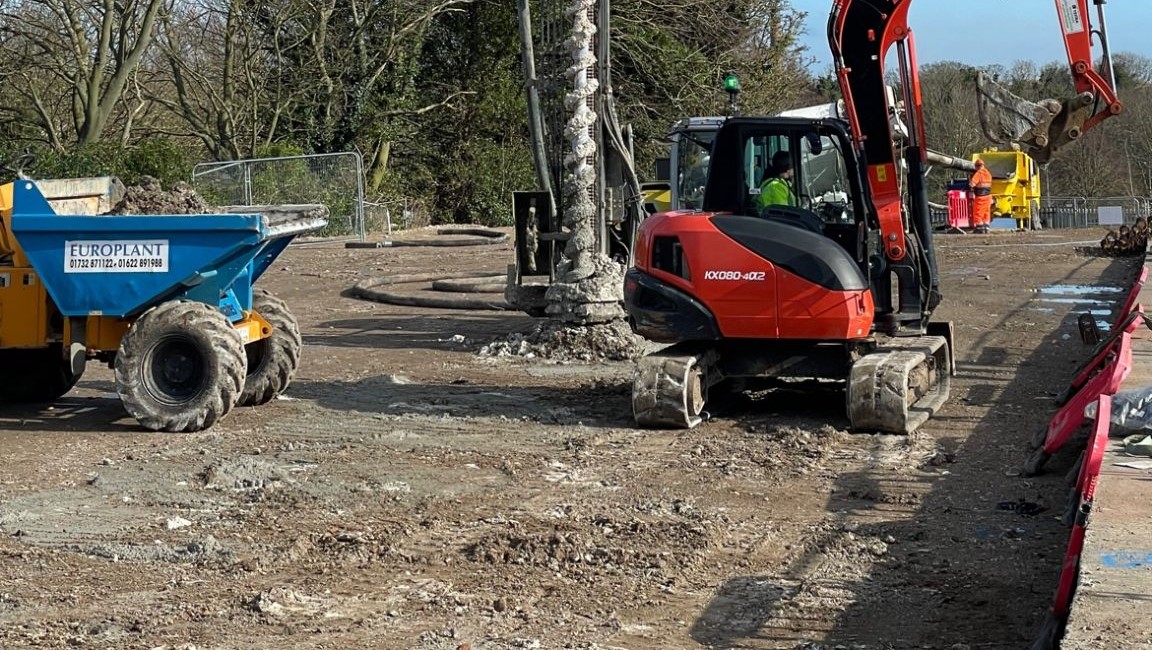Mini piling is one of the most widely used foundation methods that provides a perfect solution for restricted or less spacious areas. It provides strength and support to the foundation while increasing its load-bearing capacity. Moreover, it is extremely helpful for dealing with unstable soil conditions and reducing settling issues.
It is also commonly known as micro piling. It is similar to the standard piling method except for the fact that the mini-piles are smaller piles with less diameter i.e. 100mm-400mm and length. It is more affordable, versatile, and can be used for domestic to commercial projects.
Mini pilings require precision and accuracy. Hence, it must be done by experts in the industry using advanced equipment and tools. If you are looking for piling equipment hire then consider hiring experts like Alpha Piling LTD.
Benefits of Mini Piling
- It helps you strengthen existing structures.
- It is a quicker process as compared to other traditional foundation methods.
- Due to small-sized piles and piling equipment, it is the perfect solution for space-constrained or hard-to-reach areas.
- It causes less noise and vibration, making it highly environment friendly.
- It helps to add extensions in congested areas.
- It is an affordable solution.
- It is a great alternative to deep trench digging, causing a minimum mess at the construction site.
Techniques of Mini Piling
Mini piling is done using different techniques as per project requirements and specifications. These techniques include the following:
- Continuous flight auger (CFA) piling
- Single flight auger (SFA) piling
- Bored piling
- Steel-cased driven (SCD) piling
- Hollow stem piling
Explore The Process of Mini Piling
Mini piling is done differently using different techniques depending on the specifications of the project. However here we have broken down the complex process of mini-piling into simple steps that are common in every procedure of mini-piling.
- In the first step, engineers and other specialists carry out a detailed site survey. They undergo a rigorous Geotech investigation to understand the soil conditions and project requirements.
- In the second step, they carry out detailed load calculations based on the results of the initial survey to calculate the required bearing capacity for the piles.
- Followed by load calculation they move towards designing. They design a precise and error proof design for the mini piles.
- After the design finalization step, the boreholes are drilled up to the predetermined diameter and length. Then, the engineers use grout or drilling fluid on the sides of the borehole to ensure stability.
- In the next step, to provide tensile strength to the pile against lateral forces, reinforcement bars are made using steel. They are then installed into the borehole.
- After the installation of reinforcement bars, the cavity/borehole is filled with grout.
- Once the piles are set, to ensure they achieve their maximum design strength, they are left to set for 4 weeks.
- In the concluding step, various tests are run to test the stability of the piles and ensure they are ready to take on the loads of the building.

Applications of Mini Piling
Temporary Foundations:
Mini piling provides temporary stable bases for temporary structures, scaffolding and construction equipment.
Renovation and Retrofitting:
Mini piling is of great help to reinforce foundations during renovations while preparing the foundation to accommodate additional loads from modifications.
Foundation Support:
For areas with limited accessibility, mini piling is used to reinforce building foundations, ensuring stability and load distribution.
Retaining Walls and Slopes:
Mini piling helps to stabilise retaining walls and slopes. It also helps to save the structure from erosion and potential collapse.
Remediation:
Mini piling improves load-bearing capacity and structural integrity of compromised foundations.
Underpinning:
Mini piling is done to provide additional support to existing foundations.
Anchors and Tiebacks:
Mini piling prevents lateral movement in structures like retaining walls and abutments and acts like anchors.
Restoration of Historic Sites:
For the preservation and restoration of historic structures mini piling is done to ensure foundation reinforcement.
Remote Sites:
Mini piling is highly preferred for construction sites that are at distant locations or are hard to reach.
Urban Construction:
Mini piling is the best option for construction projects in urban spaces where there are noise and space constraints.
Final Words
Mini piling, also known as micro piling, offers versatile solutions for various construction challenges, particularly in London. With its benefits like enhanced strength, reduced noise, and tailored techniques, it stands as a reliable choice for foundation reinforcement. Alpha Piling LTD provides expert services for mini piling in London, ensuring stability and efficiency.



